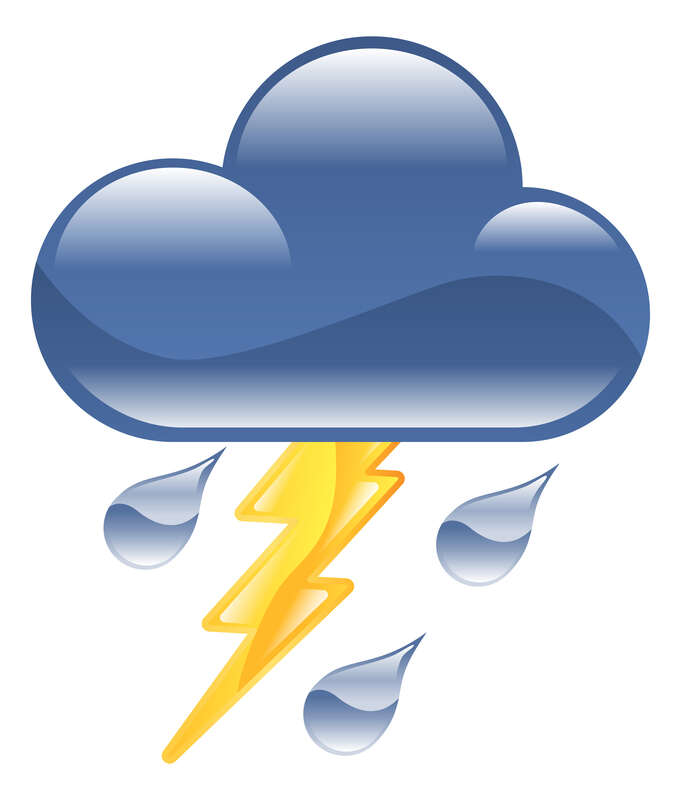Just like politics, climate change is playing out both locally and globally these days. I saw a bit of it last week here in Vermont, as you probably know from the national media attention to the rain and floods that the state faced. The rain and flooding were localized even within Vermont, with my area being relatively unscathed and yet one located not that far away was completely devastated. This is of course part meteorological and part geographical and one of the features of Vermont is that much of the state’s villages and highways are nestled in valleys and along waterways – with mountains all around. When heavy rain falls, it has nowhere to go but downhill.
While there is news attention when a storm/weather event like this happens, I feel that the extent to which rain will be a climate culprit in the future is largely under-appreciated and misunderstood.
The National Climate Assessment released four years ago identified extreme rain events as a major impact to expect, with more overall rainfall as well. This view of the future has already begun to play out. Over the past two years there were heavy rain and flooding events, with multiple inches to a foot of rain in some cases a matter of hours, in Ohio, Kentucky, Florida, and other places I cannot remember at this moment. There were all covered as national news, but I am not sure it sunk in with people that extreme rain is a new and, in some ways, geographically unpredictable, part of the future. I expect the next edition of that congressionally mandated National Climate Assessment coming out this Fall will further highlight it.
The State Climate Assessment that Vermont conducted a couple of years ago listed extreme rainfall as one of the major impacts that should be expected in the State going forward. It specifically predicted an increase in rainfall of 38% by the end of the Century, with frequent localized short-burst extreme downpours.
A Report issued just last month by Dartmouth College predicts an increase in what it calls “extreme precipitation” of 52 % by 2099.
One of the Vermont sectors seen as possibly most impacted are farmers, who, for the most part, ply the fertile valley lowlands and floodplains that for hundreds of years have benefited from mountain run-offs. True to prediction, last week’s rain and flooding hit the ag community hard, with some farmers losing their entire crop for the year.
Another sector impacted by extreme rain and flooding is transportation. Last week and into this week, some roads and bridges were completely wiped out. Several villages had no way in or out other than a bushwhacking hike through the woods. Some of the photos of what the water did to roads are quite remarkable.
It is important to realize is that this was not the first such rain and flooding event in Vermont in recent memory. Some Vermonters say they feel like they only just got over Irene. They refer to Hurricane Irene in 2011. That storm did something not seen before. Instead of curving out to sea as it went up the coast, or dissipating in strength as it veered inland, it stayed strong as it went north over land and then stopped and hovered when it got to Vermont. The result was like what you heard and read about last week. One town that many of you have probably driven through was almost wiped off the map by its river. It took years to repair some roads.
To its credit, Vermont looked upon Irene as having “given notice” as to what might come again. It undertook statewide, coordinated efforts to build more resilience into various aspects of the state that were impacted by Irene. That helped last week, but as is obvious, it didn’t help enough. More here.
Now is the time to be thinking beyond building seawalls, whitening roofs, creating cooling centers and putting more trees into urban heat islands. It’s time to think about rain and what it might mean to your work, your home, your hobbies, your investments, etc. If you are in the utility industry, what does it mean to outage management and substation location? If you are in the storage and EV space, what kind of an adder is this to the value of storage, including bi-directional EVs. If you are involved in small scale solar farming, what does in mean in terms of “getting your product to market”, which is this case means having a resilient wires system?
The last big rain and flooding event in Vermont had a name (Irene). I only just realized in writing this post that the big storm of last week does not have a name as far as I know. I guess that is not unusual when you stop to think about it. Much of the climate impacts we will experience will be incremental and insidious. But even the ones that stand out as distinct and notable will probably stop being named. It will be too hard because there will be too many. It will simply be the new normal under climate change.










